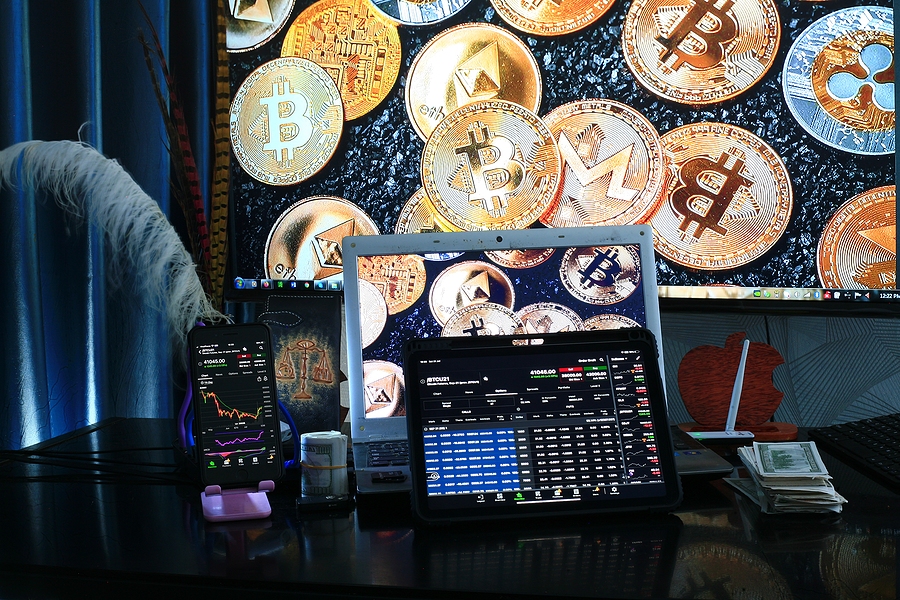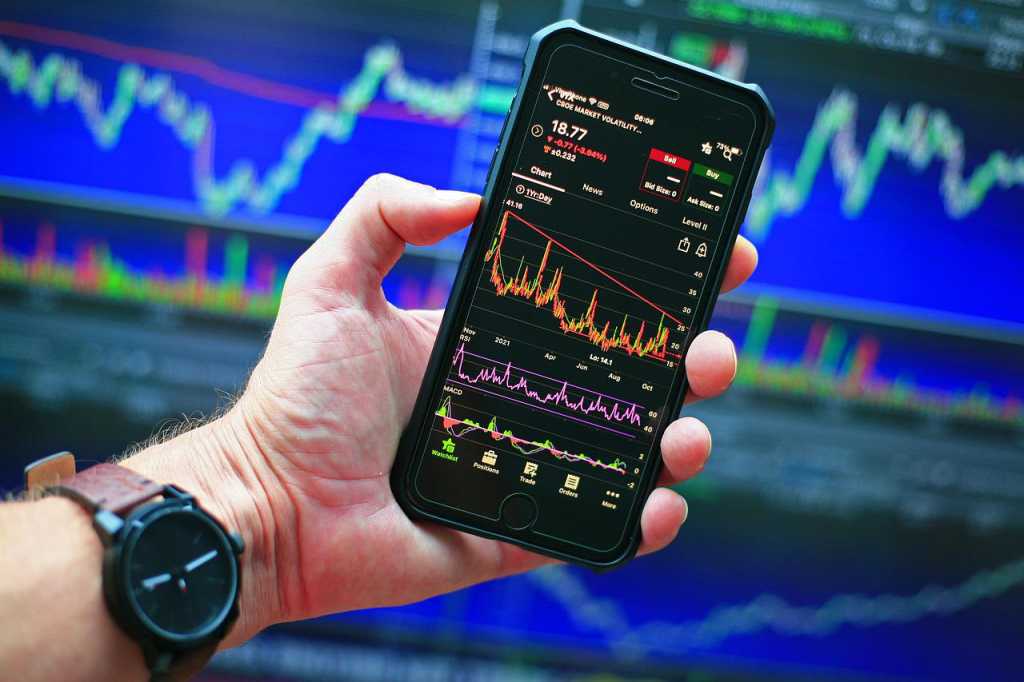We are accustomed to thinking of money in terms of notes and coins, which most of us keep in our wallets. However, the vast majority of the money – 96.3% in Australia – is digital, held by banks and other financial institutions and moved around through the process of bank transfers, debit cards, and credit cards. But now, Australia is looking into utilising a different financial source, that is the e-dollar. This article will cover what it is, how it will be utilised, and the pros and cons of using this new financial asset.
A new financial asset to utilise
Australia is considering a central bank-issued virtual currency, as well as the crypto market regulation, as it seeks to transform how the country’s businesses and consumers buy goods and services. A CBDC or Central Bank Digital Currency would be an “e-dollar,” valued at $1 but able to be kept digitally rather than in a bank like on computers, digital wallets, or phones, for instance. It could help facilitate fast consumer-to-consumer and consumer-to-business financing without the involvement of financial institutions or any intermediaries. Additionally, it could also benefit people who don’t want to use banks to keep funds in a form that is safer than cash.

A shift towards digital finance
Recognising that the majority of money is already digital or online is a good place to start. Only a quarter of Australia’s “broad money” is in the form of actual physical currency, and the remainder is in the form of deposits, which can usually be acquired and accessed digitally. As a result, the overwhelming majority of what we know as money today is a liability of the private industry rather than the central bank, and it is already digital. Because most cash is now accessible online, there has been a significant shift to electronic forms of payment.
This trend toward contactless transactions and away from banknotes will almost certainly continue as the growing use of mobile digital payments and other innovations will contribute to this. However, banknotes are sure to continue to play a significant role in the Australian payments landscape for several years to come. Not to mention that banknotes are expected to stay the preferred payment method for many people and certain types of transactions. However, if you’re looking for a crypto platform that will help you get accustomed to the shift towards digital finance, utilising a platform like Immediate Edge is the best way to go.

An e-dollar similar to bitcoin
The most commonly discussed alternative as a consumer cryptocurrency would use blockchain technologies similar to those used in Bitcoin and other crypto-assets to record and monitor ownership and validate transactions.
With blockchain, every transaction is recorded permanently and difficult to undo. Transactions could be tracked by the central bank (in Australia’s case, the Reserve Bank). It is functionally equivalent to a central bank account that can be used to transfer funds to other accounts.
In most concepts, the account would pay no interest, and the central bank would have the ability to limit transactions. When put into perspective, it’s like giving your kids pocket money but programming it so that it cannot be spent on sweet treats.
Taking on the idea like bus & train cards
One model would have been to create a digital token that is nearly identical to cash. It could be transferred anonymously from one person to another, much like a banknote, with no centralised government involved.
Furthermore, there is no documentation of who used the bus or train card in some parts of Australia except if the owner chooses to register responsibility and ownership.
One disadvantage is that, unlike cash, a significant amount of funds could be stored on very small devices that could be stolen, lost, or corrupted. According to a New Zealand study, cash is significantly bulky, making it less likely that users would bring huge quantities with them or store large amounts in their homes.
A blockade in regards to privacy
In the other field, central banks and businesses are moving ahead with plans for a digital currency: wholesale funds. The Reserve Bank of Australia is well along with Project Atom, which would allow financial companies to move funds more quickly between themselves.
Much of the community moves slowly at the retail level. According to Australia’s Reserve Bank, aside from the advanced economies of Sweden and Canada, the majority of the economic systems progressing the idea are growing, including Cambodia, Bahamas, Ecuador, the Eastern Caribbean, Ukraine, and Nigeria. They have a relatively weak electronic banking infrastructure in Australia and a population that cannot use it.

Australian banks are likely to be the centre in the shift to electronic payments
In Australia, the banking system presented the infrastructure that enabled the transition to contactless transactions or electronic payments. However, the financial system in some other regions of the world has not done this. Non-bank entities, for instance, were at the frontline of the recent rapid expansion in electronic payments in China and Kenya. The lesson here is that if financial companies do not react to the needs of their customers, others will.
At this point, it appears that the banking system would still maintain providing the infrastructure through which Australians make electronic payments. However, the continued shift to contactless transactions via the banking system is not guaranteed. It is necessary that the cost of using the NPP be low for consumers and businesses and that the capabilities and function expand over time. If this does not occur, previous experience tends to suggest that alternative systems or technologies may emerge.
Final thoughts
There are a lot of things going on in the financing world, and much of this is being driven by the development of technology. These advancements are making potential possibilities that were previously unthinkable. These developments are resulting in a significantly larger use of digital transactions and the development of new electronic payment methods. Although real banknotes continue to maintain a crucial component of the payments world for many years to come, this process has a long way to go. Regardless, even if this were technologically possible, the case for including a digital form of Australian banknotes in the payments circulation has not been put in place.

